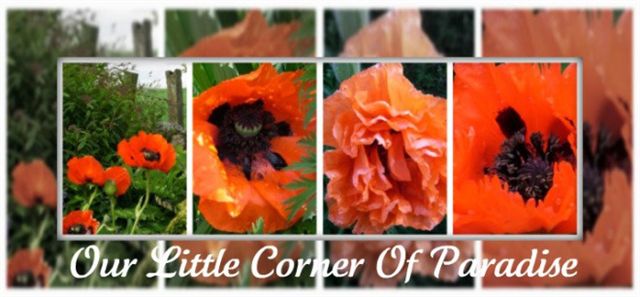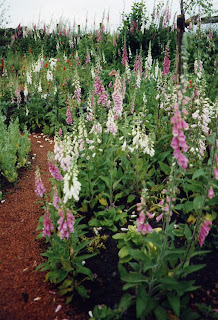
 One of the joys we experienced as a family during our first Summer here, was the discovery of pipistrelle bats. These tiny, harmless creatures, small enough to fit in a matchbox, would appear, seemingly out of nowhere, just before sunset each evening, and would fly around the house and over the ponds catching insects, moths and gnats for a couple of hours at a time.
One of the joys we experienced as a family during our first Summer here, was the discovery of pipistrelle bats. These tiny, harmless creatures, small enough to fit in a matchbox, would appear, seemingly out of nowhere, just before sunset each evening, and would fly around the house and over the ponds catching insects, moths and gnats for a couple of hours at a time.There was always a frisson of excitement whenever they flew, twisting and diving, really close to where we were standing, yet never actually touching us, due to their echo-location. Their rapid, agile, acrobatic flight entertained us all. The more frequent their visits, the longer our boys stayed outside to watch the nocturnal display. This gave me an idea.
One evening while our boys were busy indoors, my husband and I crept out of the house to collect two of the lounger chairs from the outhouse and set them up in an open area in the garden. Then we brought out two sleeping bags and two pairs of binoculars.
The look on their faces as they crawled down into the sleeping bags and lay on their backs looking up at the bats, as well as at the stars in the night sky through their binoculars, was one of wonder and excitement. In this way, they were able to stay snug on chillier evenings for the duration of the acrobatic display, and escape midge bites.
To this day, we have never discovered where the bats live. We have neither seen evidence of them in the outhouse, nor in the loft of our house, nor in the belfry of our nearby church. Perhaps they live in the old trees which border the field across the road from us. Wherever they are roosting and hibernating, their secrecy keeps them safe.
















































